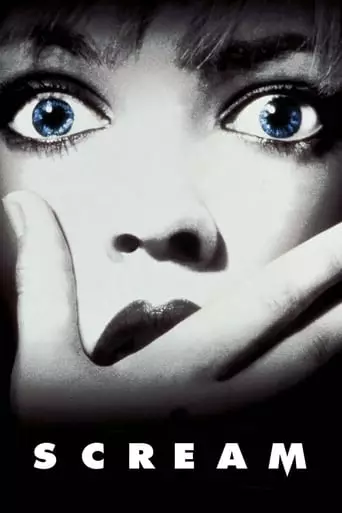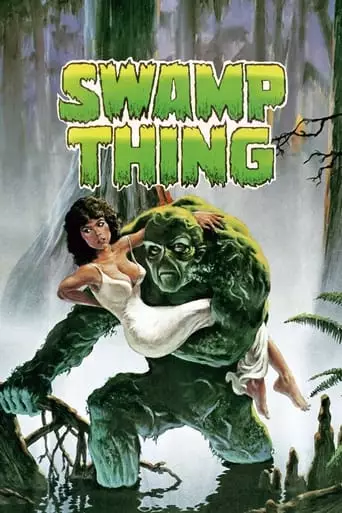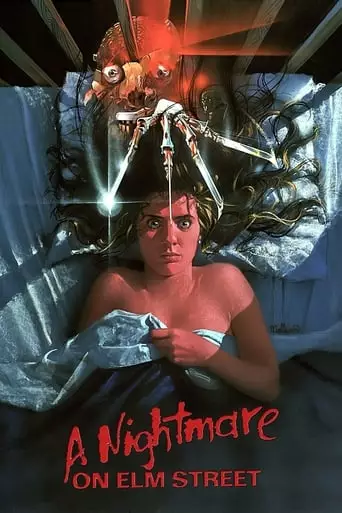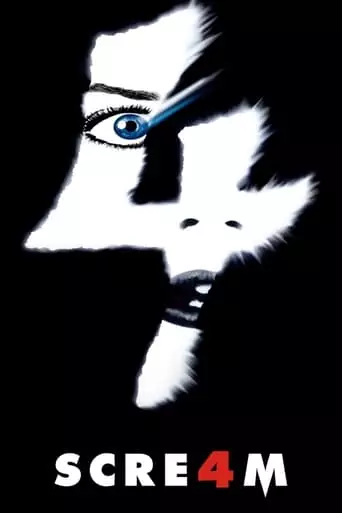On the way to California, a family has the misfortune to have their car break down in an area closed to the public, and inhabited by violent savages ready to […]

On the way to California, a family has the misfortune to have their car break down in an area closed to the public, and inhabited by violent savages ready to […]

A year after the murder of her mother, Sidney Prescott is terrorized by a masked killer who targets her and her friends by using scary movies as part of a […]

Dr. Alec Holland, hidden away in the depths of a murky swamp, is trying to create a new species – a combination of animal and plant capable of adapting and […]

Two girls go on a careless hunt to buy marijuana – and end up captives of four maniacal prison escapees. The girls are then subjected to obscene torture.

Teenagers in a small town are dropping like flies, apparently in the grip of mass hysteria causing their suicides. A cop’s daughter, Nancy Thompson, traces the cause to child molester […]

Sidney returns home to Woodsboro on the last stop of her book tour, which brings about the return of Ghost Face and puts her family, friends, and the whole town […]

A woman is kidnapped by a stranger on a routine flight. Threatened by the potential murder of her father, she is pulled into a plot to assist her captor in […]
Wes Craven: The Mastermind of Modern Horror
Wes Craven was a visionary filmmaker whose work redefined the horror genre, blending terror with psychological depth and social commentary. Best known for creating iconic franchises like A Nightmare on Elm Street (1984) and Scream (1996), Craven’s career spanned over four decades, leaving an indelible mark on cinema and popular culture.
With a talent for crafting unforgettable villains like Freddy Krueger and a knack for subverting audience expectations, Craven earned the moniker “Master of Horror.” Yet his contributions went beyond scares; his films often explored themes of fear, repression, and the human psyche, elevating the genre to new artistic heights.
Early Life and Career Beginnings
Wesley Earl Craven was born on August 2, 1939, in Cleveland, Ohio. Raised in a strict Baptist household, Craven’s exposure to film was limited during his youth. He studied English and psychology at Wheaton College and later earned a master’s degree in philosophy and writing at Johns Hopkins University.
Craven initially worked as a college professor and in the field of adult cinema editing before transitioning to feature filmmaking. His directorial debut, The Last House on the Left (1972), was a controversial exploitation horror film that shocked audiences with its raw brutality. Despite its polarizing reception, the film showcased Craven’s willingness to push boundaries and establish himself as a bold new voice in horror.
Breakthrough and Iconic Works
A Nightmare on Elm Street (1984)
One of Craven’s most enduring contributions to horror, A Nightmare on Elm Street introduced Freddy Krueger, a burned, razor-fingered dream stalker. The film blurred the lines between reality and dreams, creating a terrifying and surreal experience that resonated with audiences.
Starring a young Johnny Depp in his debut role, the film became a cultural phenomenon and spawned a long-running franchise. Freddy Krueger remains one of the most recognizable villains in cinematic history.
Scream (1996)
With Scream, Craven revitalized the slasher genre, blending self-aware humor with genuine scares. The film, written by Kevin Williamson, followed a group of teenagers terrorized by a masked killer known as Ghostface.
Scream subverted horror tropes, featuring characters who were aware of genre clichés and used that knowledge to survive. The film was both a critical and commercial success, spawning a successful franchise and influencing a wave of meta-horror films.
The Hills Have Eyes (1977)
This brutal, desert-set thriller about a family under siege by cannibalistic mutants solidified Craven’s reputation for crafting intense, boundary-pushing narratives.
Wes Craven’s New Nightmare (1994)
A meta take on the Nightmare on Elm Street franchise, this film featured Freddy Krueger as a fictional character who invades the real world. It demonstrated Craven’s innovative storytelling and ability to blend horror with intellectual commentary.
Red Eye (2005)
Craven ventured into psychological thriller territory with this taut, high-stakes story about a woman (Rachel McAdams) trapped on a flight with a charming but dangerous man (Cillian Murphy).
Themes and Style
Wes Craven’s films are characterized by:
Psychological Depth: Craven often explored the subconscious, dreams, and repressed fears, giving his horror films an intellectual edge.
Iconic Villains: From Freddy Krueger to Ghostface, Craven created villains that transcended their films to become cultural icons.
Subversion of Tropes: He frequently deconstructed and reimagined horror conventions, as seen in Scream and New Nightmare.
Social Commentary: Craven used horror to address societal issues, from family dynamics in The Hills Have Eyes to suburban fears in A Nightmare on Elm Street.
Innovative Storytelling: His willingness to experiment with narrative structures and meta-commentary kept his work fresh and groundbreaking.
Legacy and Influence
Wes Craven’s impact on the horror genre is immeasurable. He not only entertained but also challenged audiences to think critically about fear, trauma, and human nature.
Craven’s influence extends to a new generation of filmmakers inspired by his creativity and daring. Directors like Jordan Peele and James Wan have cited his work as a key influence on their approach to horror.
Beyond his genre contributions, Craven was a warm and thoughtful figure in the industry, known for his intellect and humility.
Awards and Honors
Craven received numerous accolades throughout his career, including lifetime achievement awards from horror film festivals and organizations. His films continue to be celebrated for their innovation and lasting appeal.
Conclusion
Wes Craven’s legacy as the “Master of Horror” is well-earned. By blending terror with intelligence and creating stories that transcended the genre, he redefined what horror cinema could achieve.
Through his iconic villains, inventive storytelling, and fearless exploration of human fear, Craven left behind a body of work that continues to haunt, inspire, and entertain audiences worldwide.